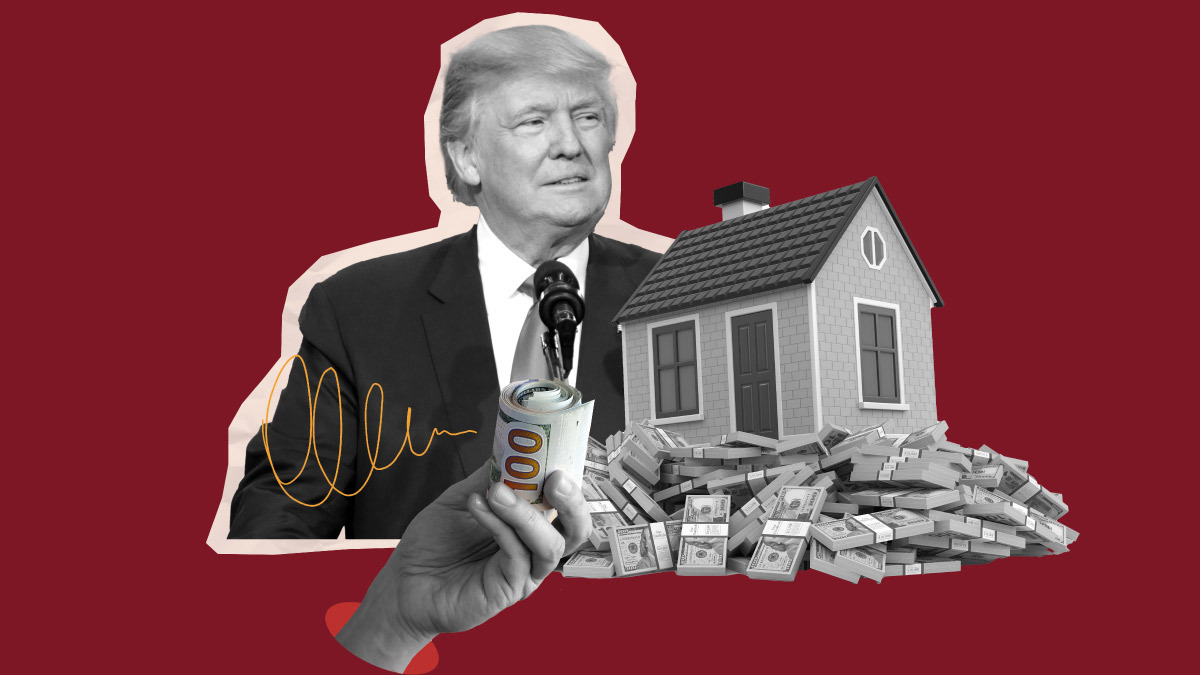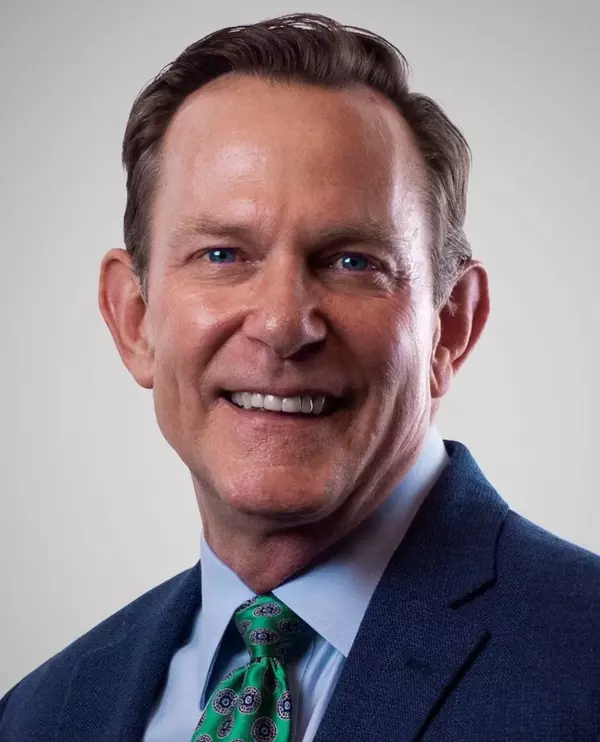Loss-mitigation waterfalls face a murky future under Trump administration

Mortgage servicers have spent the past couple of years watching as federal housing agencies adopted various strategies to help borrowers who entered forbearance due to the COVID-19 pandemic but struggled to exit due to rising interest rates.
Now they have a request for the incoming Trump administration — standardization and simplification of loss-mitigation frameworks.
Servicers say that a lack of alignment in program structures across the Federal Housing Administration (FHA), U.S. Department of Veterans Affairs (VA) and U.S. Department of Agriculture (USDA) is causing operational inefficiencies and borrower confusion.
Adding to the challenge is uncertainty surrounding Regulation X, which the Consumer Financial Protection Bureau (CFPB) is currently revising. This regulation governs foreclosure protections during loss-mitigation efforts.
“You’ve got a scenario where everyone’s gone down their own path, and servicers are going along with it because they won’t deny people the opportunity to take advantage of programs. But it’s operationally very difficult,” said Matt Tully, chief compliance officer at mortgage servicing platform Sagent.
“In the conversations I’ve participated in, the industry is trying to craft a unified vision for streamlining waterfalls across FHA, VA and USDA to make processes smoother.”
Loss mitigation is a “perpetual issue for servicers,” according to Krista Cooley, a partner at Mayer Brown, who spoke at an Information Management Network (IMN) servicing conference in New York in November.
Cooley said that the current options under the federal agencies are still largely shaped by policies created during the COVID-19 pandemic — because they haven’t “sort of figured out how to implement the lesson we’ve learned.” Meanwhile, they are often unable to rely on traditional loan modifications due to current market conditions.
Government program hiccups
Industry experts agree that loss mitigation is more straightforward in the conventional mortgage space. Fannie Mae and Freddie Mac have aligned their loss-mitigation waterfalls and implemented predictable, automated systems.
The FHA, for example, introduced a payment supplement partial claim solution in February. This option combines a standalone partial claim to bring the loan current along with a reduced principal payment for three years. During this period, the mortgage is not modified, allowing it to remain eligible for sale to Ginnie Mae.
But in late November, the FHA also proposed updates to its permanent loss-mitigation options. The draft outlines several options for borrowers, whether they can resume payments or not. These include a standalone partial claim, a 40-year loan modification and the payment supplement, among other options. It also introduces “guardrails” to ensure home retention for borrowers who can sustain monthly payments, such as a three-month trial payment plan.
“FHA just proposed their permanent waterfall before Thanksgiving, and we are certainly in the task of reviewing their updates to the handbook guidance,” said Brendan Kelleher, director of loan administration at the Mortgage Bankers Association (MBA).
“The FHA COVID waterfall expires on April 30, and the great risk is that starting on May 1, services would technically go back to the old HAMP (Home Affordable Modification Program) rules,” Kelleher explained. “Fortunately, the FHA proposed a waterfall to make a lot of those COVID changes permanent, and we’re hopeful they can finalize it as soon as possible.”
One of the most debated changes to the waterfall comes from the VA with its introduction of the Veteran Affairs Servicing Purchase (VASP) program. Announced in April, VASP allows the VA to purchase defaulted loans from mortgage servicers and hold them in its portfolio at a 2.5% fixed interest rate.
The program has faced criticism from politicians who argue it creates a “moral hazard” by potentially incentivizing veteran borrowers to become delinquent so they can secure a significantly lower monthly payment. Critics have also raised concerns about its potential impact on the federal budget.
“It certainly has its controversy, but it is the only current option,” said Justin Wiseman, the MBA’s vice president for residential policy. “If someone criticizes VASP, I would ask them: How do you intend to help the veterans who need assistance? Given the interest rate dynamics and the current structure of the VA program, if we had a VA partial claim option that hadn’t sunset when it did, we might have more tools in our toolkit. But the reality is, we don’t.”
Wiseman expects that under a Trump administration, there will be a “renewed focus on government efficiency and budget discipline.”
But also he believes that effective programs like VASP, which provide relief to borrowers while supporting agency objectives, are likely to remain intact. “The reason it’s called loss mitigation is that a well-structured program should result in fewer losses through default than a poorly structured one,” Wiseman explained.
The MBA continues to advocate for a partial claim option in the VA space. Unlike VASP, a partial claim program would be interest rate neutral and could provide faster relief to borrowers who might not qualify for VASP.
Changes to Regulation X
A key focus for mortgage servicers in 2025 and beyond will be the CFPB’s update to the Regulation X loss-mitigation framework, which was announced in July. The updated rules emphasize borrower assistance and loss mitigation over foreclosure for homeowners struggling to make mortgage payments.
The CFPB’s proposal introduces a new “loss mitigation review cycle,” informally referred to as the “hand-raise” concept. This approach replaces the traditional requirement for a complete loss-mitigation application. Additionally, the proposal includes prohibitions on collecting servicing fees and third-party costs, along with a ban on advancing foreclosure proceedings if borrowers have requested assistance.
Tully, from Sagent, said that requiring a full application for loan modifications can often be burdensome. That’s because some information can be provided by phone and third-party sources. According to him, the CFPB is trying to modernize the way that borrowers in need of assistance interface with their servicers.
But Cooley, from Mayer Brown, added that there are structural challenges in the proposed framework. “It’s incredibly easy to get into a loss-mitigation review and incredibly difficult to get out,” she said. Under the new proposal, to exit, the borrower needs to become current, not communicate with the servicer within 90 days, or have no other options available for them after extensive analysis.
The MBA agrees that the proposal needs improvement. “As proposed, the loss-mitigation review cycle is an ambiguous and undefined standard that makes it difficult for servicers to determine when foreclosure and fee protections should appropriately start and stop,” Kelleher said.
Despite these criticisms, there is uncertainty about whether the CFPB will pursue these changes under the Trump administration.
“They could sort of kill it, and it doesn’t come out looking anything like it does, and we just live with the structure that is in the current regulation,” Cooley said. “They could re-propose a completely different rule that addresses some of the streamline lessons learned in the pandemic, some of the things that would be nice to have in a restructured regulation that applies to the loss-mitigation process.
“Or they can also just keep going and review the comments, sort of pick up the pieces that the new administration actually thinks are good, or take some of the industry suggestions and the comments that have already been made.”
Another significant concern among industry executives is that broader housing policy issues, such as ending the conservatorships of Fannie Mae and Freddie Mac, could overshadow these pressing needs around loss mitigation.
“If we get caught up in this euphoria of releasing the GSEs, that will suck all the oxygen out of the room,” Tully said. “If that becomes the big story in housing in 2025 and 2026, then nothing else will get done.”
Recent Posts










GET MORE INFORMATION

